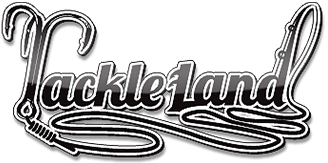How to Use Soft Plastics And Hardbodies By Kylie Askew
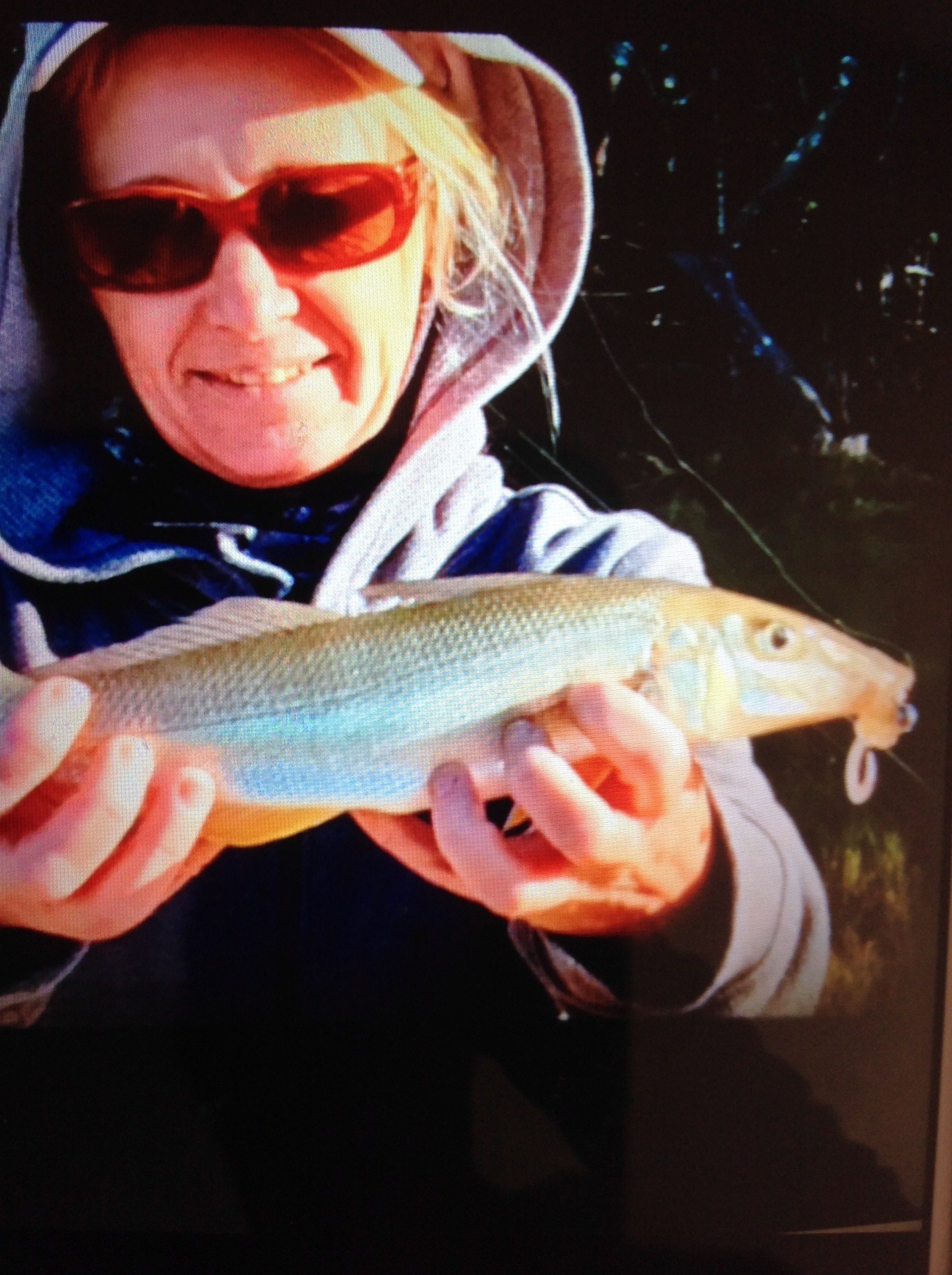
Never tried Lures, well I would like to share how to use Soft Plastics and Hardbodies.
Having been a lure fisher for the past 35yrs, and progressed from a beginner, to someone who is now very proficient with both soft plastics and hardbody lures (in my opinion lol).
I thought that I might be able to share some of my knowledge to people who are newcomers to the challenge of lure fishing.
Starting out lure fishing can be quite a daunting experience to most and walking into a tackle shop which has wall to wall lures, and not knowing which ones to select can be a very overwhelming challenge.
So, I thought I’d try and help making that process a little easier for you. Soft plastic lures have been around for many years, and I still remember purchasing my very first packet of Mr Twister double tail soft plastics, and blue fox vibrotails, from a tackle shop many moons ago. How times have changed!
With so many different soft plastics available on the market now, in many different shapes and sizes to choose from, it’s very easy to get confused as to which ones will work best for you.
As most newcomers to lure fishing in our neck of the woods generally will be targeting Flathead and Bream (both of which love eating lures) I thought that we would discuss how to fish for them successfully with lures.
Let’s start with “Flathead on Lures”
Flathead are without doubt the easiest fish for a beginner to target with lures, both soft plastics and hardbody lures work well on them.
The first thing a newcomer to lure fishing (or any fisher) should concentrate on, is learning what environments that particular species is usually found.
Flathead prefer areas that have a mainly sandy bottom, and if that area also has some form of structure such as little patches of rock or weed beds, then this increases your chances of Flathead being present.
As a general rule Flathead will come onto shallow sandbanks as the tide rises, and as the tide drops, they retreat into the deeper channels waiting for the bait fish to be forced off the shallow banks with the receding tide.
Deciding whether to use a soft plastic or a hardbody lure for Flathead is entirely up to each individual angler. I definitely prefer to use hardbody lures over areas of sand that have minimal snags.
Soft plastics in areas where snags may be more common (it’s cheaper to replace a soft plastic than an expensive hardbody lure).
When selecting whether to use a plastic or hardbody lure you need to keep in mind that the lure needs to be in regular contact with the bottom for Flathead, they lie on the bottom waiting to ambush bait fish and prawns. It’s no good having a lure that only travels mid-water above Flathead as it will simply pass by unnoticed.
Hardbody or Soft plastic?
Most hardbody Lure packets will actually tell you how deep that lure will dive to when retrieving. Soft plastics with a jighead on the other hand will usually stay close to the bottom. A short sharp lift of the rod tip is the only action you generally need to use to be successful with Flathead on plastics.
For fishing hardbody lures I find a slow constant retrieve with small twitches works exceptionally well for Flathead. As for lure size when targeting Flathead, I generally use plastics in the 3-5 inch range, and I find pink to be a particularly good colour for them. ZMan soft plastics in curl tail grubs are fantastic, as are the 3.75 inch ZMan Streakz.
Hardbody lures in the 7-10cm range work very well, and brands such as the Atomic Shiner, Zerek Tango Shad, Daiwa Double Clutch, and Lively Lures Micro Mullet all work very well in water up to 2 meters deep.
I personally like water that is around 1m deep, and often wade the shallow foreshores of Sandgate, Shorncliffe, Clontarf, Manly, Cleveland and Bribie Island in search for Flathead.
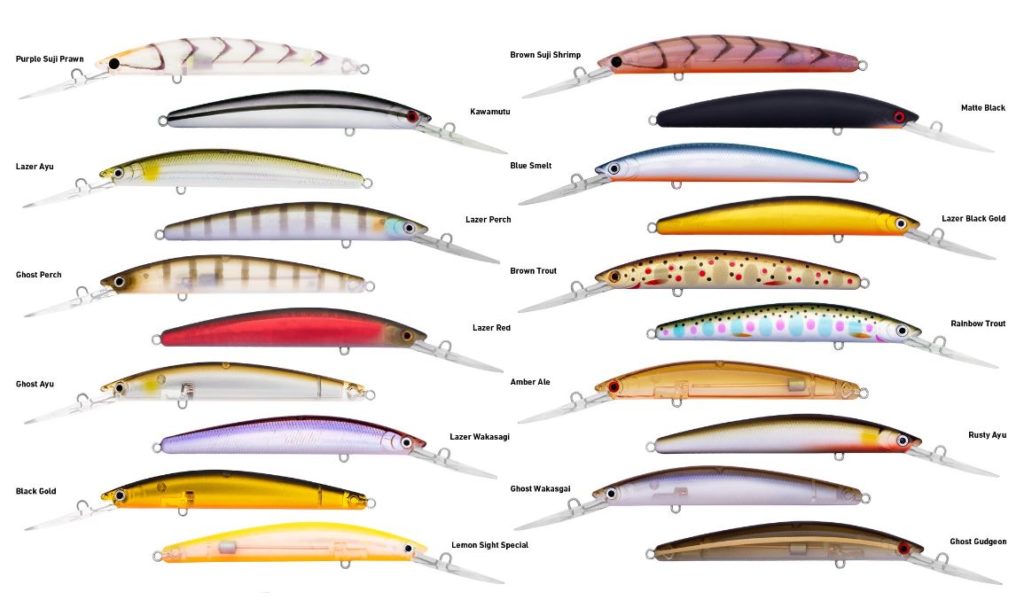
Daiwa Double Clutch 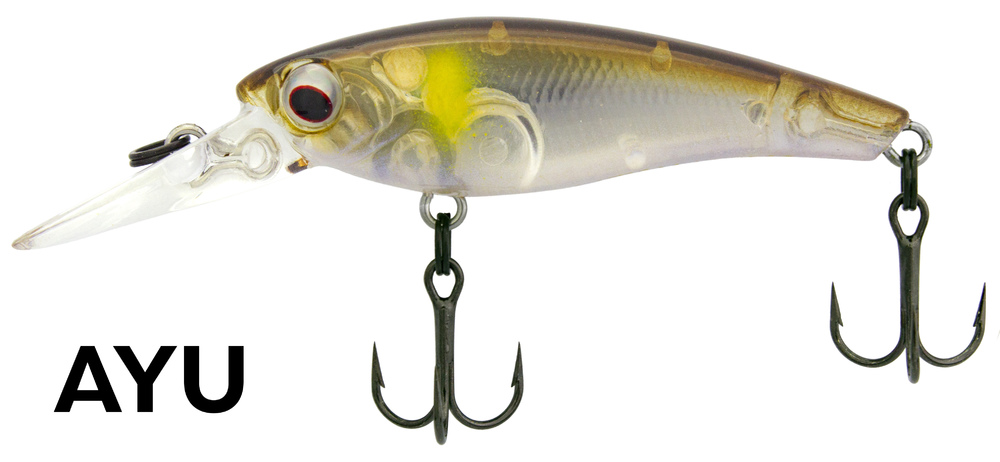
Zerek Tango Shad 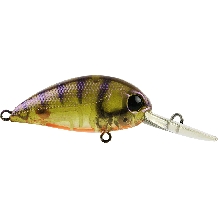
Muddy Prawn
Best retrieves for Flathead as previously mentioned are-: for soft plastics cast out as far as you can, and with short sharp flicks of your rod tip, with pauses in between.
For hardbody lures I cast out as far as I can, and then commence a slow retrieve with small twitches of the rod tip whilst winding. Always spread your casts apart, aiming in slightly different areas each cast.
What Outfit?
Tackle that I use for my Flathead fishing is a 7ft 2-4kg rod with a fast action. Reel sizes around the 2000-2500 are perfect for Flathead. I use 6lb braid line and a rod length of 10lb fluorocarbon leader as Flathead have quite an abrasive mouth which can sever a light leader quite quickly.
When landing flathead it’s imperative to ALWAYS keep the fishes head below the water, if you allow the fish to get its head above water level it will shake its head from side to side which usually results in the fish wearing through your line. This is best done by keeping your rod tip close to the water when landing the fish. If possible, always try and use a net when landing your fish.
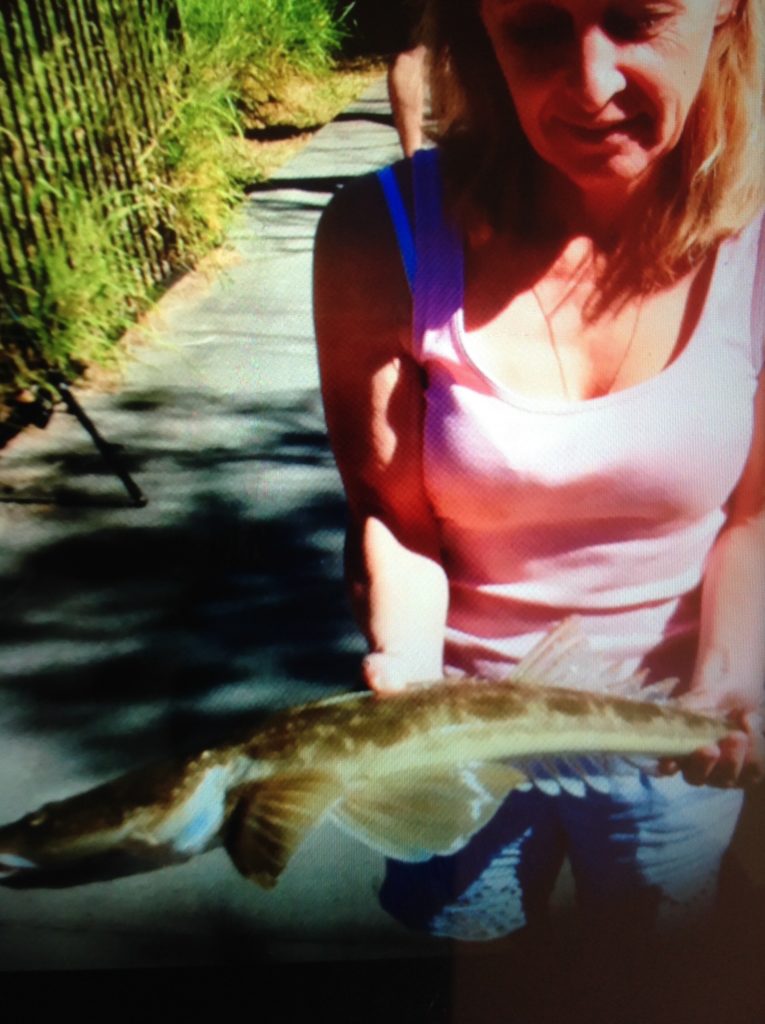
Bream on Lures
Bream on lures is a slightly different style of fishing, as they require smaller lures than Flathead to catch generally. The same rod and reel that you use for Flathead will work on bream, but your leader size will need to be smaller(3-6lb).
Whilst bream can be found in the same areas as Flathead, they definitely prefer areas with a little more structure such as rock walls, jetties, reefs, pontoons and bridge pylons.
Bream happily respond well to surface lures, soft plastics and hardbody lures. If I use soft plastics for bream I prefer smaller sized plastics in the 2-3inch range. ZMan GrubZ in Motor Oil and Bloodworm work really well when matched to a light TT jighead (1/12 and 1/8th) with a size 1 or 2 hook.
As bream only have small mouths you need to keep your jighead and hook sizes small. With soft plastics, I use the same retrieve as for Flathead, small lifts of the rod tip that allow the tails of the plastics to work their magic.
Scents
I apply scents such as S FACTOR to my plastic every half dozen or so casts as I believe bream particularly like it.
Hardbody lures for bream should also be in the small sizes(3-7cm) and a slow steady retrieve is generally the best for bream. You can throw in the odd small twitch of the rod tip if required.
Hardbody lures that have worked well for me in shallow water up to 2m are-: Cranka cranks in Bling Prawn and Pink Bits, 60mm Daiwa Double Clutch in Lazer Ayu colour, Atomic 38mm shad in Muddy Prawn colour and Zip-baits Khamasin Tiny.
Whilst some of these lures aren’t cheap, they definitely outperform the cheaper models. If your wanting to try an addictive form of surface lure fishing for Bream there’s a technique known as “walking the dog”, which can be a little tricky to master at first.
It requires casting your surface lure out, and whilst VERY slowly winding in, holding the tip of your rod close to water level and giving short sharp jabs of the rod tip. U TUBE has some great footage of how to do this retrieve. It also works best for bream if you add lots of long pauses during the retrieve.
Some fantastic lures that have worked for me include Bassday 70mm Sugapens, Lucky Craft Dog X Juniors and Atomic K9 Walkers.
A quick Demo Video: https://www.youtube.com/watch?v=GK2wHvUAdhw
FINAL NOTES -:
- Whether online, or in magazines, study as much as you can of the species habitat that wish to target. There are heaps of great informative groups you can join on Facebook. If Facebook isn’t your thing there is a wealth of knowledge to be learnt through magazines such as Bush and Beach and Queensland Fishing Monthly.
- I cannot stress this enough. Go into a proper tackle shop (not BCF or anaconda)! Talk to the staff about any queries you may have regarding lure fishing. Big chain stores generally employ juniors with very limited fishing knowledge! Whereas your local tackle store will be owned and operated by people who actually fish and will be able to point you in the right direction. It may cost you a few extra dollars but your loyalty to your local tackle store over the years will be well rewarded with valuable local information that I guarantee you no major outlet will provide.
- I am in no way endorsed or sponsored by Tackle Land at Sandgate, I wrote this article to help and encourage others who want to learn. I just know that the guys from this store treat customers like family and will go above and beyond to help anyone who walks into their shop. To me that’s the signs of how a proper tackle shop should operate.
- I hope this small amount of information I’ve passed on is useful to those new to lure fishing. If you still have questions you’d like more information to, just drop in and see Mark and the Crew at Tackle Land and you’ll get the best possible advice. They stock all the soft plastics and hardbody lures I’ve mentioned in the article above.
Best of luck to you all and bent rods. Kylie
A Note From Tackle Land
We would like to thank Kylie for taking the time to put her vast experiences on paper for us! There is so much knowledge out there but little of it gets to those that really need it.
We watch pages like Teach Me to Fish SEQ and when we see someone who is so passionate about fishing and trying to help others by teaching them and asking nothing in return, it tells us that they need to share this experience and passion here!
Thank you again Kylie, I know that this hard earned information is going to help so many get over their frustrations and lack of confidence and increase their chances of landing their PB! For more information from Fisho’s just like Kylie, you can go to: https://tackleland.com.au/category/fishing-facts-tips/
Thank you again! The Tackle Land Crew “Maintaining the Passion”
